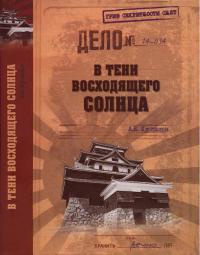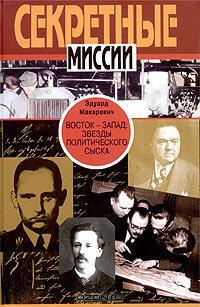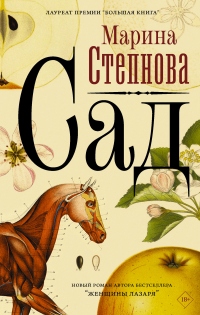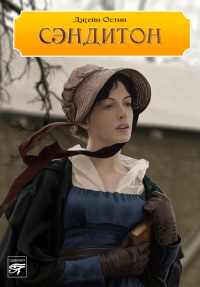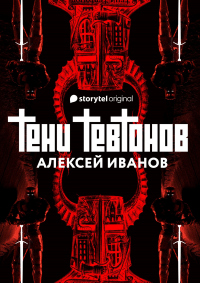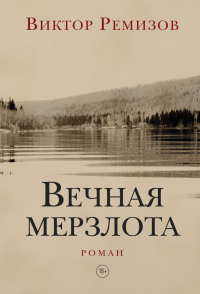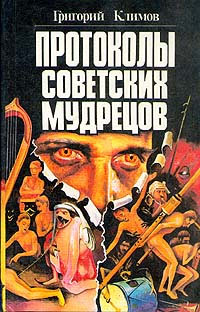Читать книгу "Бояре, отроки, дружины. Военно-политическая элита Руси в X-XI веках - Петр Стефанович"
Шрифт:
Интервал:
Закладка:
• Zientara 1988 —Zientara B., Spoleczenstwo polskie X–XII wieku//Ihnatowicz I., Maczak A., Zientara В., Žarnowski J., Spoleczeňstwo polskie od X do XX w., Warszawa 1988, с 37–88.
• Ziffer 2009 – Ziffer G., The gospel of Nicodemus: a new source for the history of German-Slavic contact in the high Middle Ages? // (Hidden) minorities: language and ethnic identity between central Europe and the Balkans, eds. Ch. Promitzer, K.-J. Hermanik, E. Staudinger, Wien 2009, с. 253–258.
• Žmudzki 2005 – Žmudzki P., Mieszko I i amazonki. Wsplónoty wojownicze i normy žycia rodzinnego w relacji Ibrahima ibn Jakuba // Tekst žródla– krytyka, interpretacja, red. В. Treliňska, Warszawa 2005, s. 99-126.
• Žmudzki 2009 – Žmudzki P., Wladcaiwojownicy. Narracje o wodzach, družynie i wojnach w najdawniejshej historiografii Polski i Rusi, Wroclaw 2009.
• Zuckerman 2011 – Zuckerman C, On the Kievan Letter from the Genizah of Cairo // Ruthenica, т. X, Киïв, 2011, с. 7–56.
• ИпатЛ – Ипатьевская летопись
• ЛаврЛ – Лаврентьевская летопись
• МосАкЛ – Московская Академическая летопись
• НС – Начальный свод
• Н1Лм – Новгородская Первая летопись младшего извода
• Н1Лс – Новгородская Первая летопись старшего извода
• Н4Л – Новгородская Четвёртая летопись
• НовСофС – Новгородско-Софийский свод
• ПВЛ – Повесть временных лет
• РадзЛ – Радзивиловская летопись
• С1Л – Софийская Первая летопись
• ТрЛ – Троицкая летопись
Petr S. Stefanovích
Boyare, otroki, družiny: The Military and Political Elite in the 10th and 11th Century Rus'[1112]
This study aims to define the forms and makeup of the elite in the 10th and 11th century society of Rus', and to identify those involved in making critical military and political decisions. The key challenge of such a «sociological» approach is that the Rus'ian society was rather poorly structured (just as elsewhere in Europe during early medieval time) yet far from homogenous. What mattered there was the actual power or authority rather than legal aspects.
A reasonably straightforward information on the polity called Rus' had been available since about early 10th century. Its 9th century «prehistory» is beyond the scope of this study; evidence on that time is scarce and controversial. Both historic and source-related factors define the upper chronological boundary of the study period as the late 11th – early 12th century. At that point the disintegration of the Rus'ian state, once relatively unified, becomes obvious and irreversible. This study relies upon the Kievan Rus'ian «classics» covering the period prior to the breakup. These sources include the 10th-century treaties between Rus' and Byzantium; the early chronicle-writing, first of all, Povesť Vremennykh Let (“The Tale of By-Gone Years”); Russkaya Pravda (“The Rus'ian Justice”), and the earliest hagiography.
Methodologically, in this study, (i) for the pre-1000 CE period, non-chronicle sources were given priority; (ii) the chronicle evidence was analyzed in light of the results of textual studies, especially those where techniques and approaches developed by Alexey A. Shakhmatov were used; and (iii) the evidence on Rus' was compared to that on similar early medieval European societies, such as the 6th-9th century barbarian kingdoms or 9th-11th century Scandinavian and Slavic polities.
Chapter I discusses the concept of družina (retinue) in modern German-, English-, Polish-, Czech-, and Russian-language historiography.
Chapter II analyzes the usage of the word družina in 9th-11th-century Old Slavonic and Church Slavonic texts, as well as in Old Russian sources of the 11th-12th centuries. That analysis suggests that the term družina shall not be used to describe Rus' social organization, contrary to Russian-language historiographic tradition. The early sources used družina mostly as a generic term to refer to comrades, partners, or associates. In some contexts (mainly in chronicles) the meaning was narrower – prince's (kniaz) men/army, but even defined that way the term is still not suited to refer to social groups/strata. In a scientific context, it might be applied to archaic, non– or loosely hierarchical warrior communities, but not to an advanced social organization like the one present in the 10th—11th century Rus'.
Chapter III deals with the corps of princes' military servants, referred to in Rus' as otroki or – more specifically – grid' (a borrowed Old Norse word). The corps of this kind had their counterparts in northern and central Europe of 10th and 11th centuries. The Czech historian František Graus called them «the grand retinue» (velkodružína). These professional warriors played a major role during the emergence of the centralized political framework, but have disappeared or degenerated as early as the 12th century. Rus'ian records describe them as prosperous in the 11th century and allow to trace their degeneration during the 12th and 13th centuries in great detail.
Chapter IV looks into the makeup of the 10th century ruling class (based primarily on the 911, 944, and 971 AD treaties between Rus' and the Byzantium vs. data from Constantine Porphyrogenitus' treatises). Special attention is given to the emergence, over the course of the 11th century, of the class of nobility to which the term boyarin (pi. boyare) has become attached. The 11th century boyars have become a counterpart of the nobility as it appears in the early medieval European polities: a socially well-defined and recognized group whose members' rank/status is (mostly) hereditary, but statutory privileges are not yet formalized.
The 10th– 11th century Rus'ian elite was in flux, and its evolution reflected the complex and dynamic development of the political and social framework of the early medieval gens. In the middle of the 10th century, it included (i) a small group of leaders/warlords (quasi-rulers), mostly not related by blood; (ii) noblemen related to those leaders/warlords one way or another (usually through service), and (iii) the wealthiest urban citizens. The 11th century highest political leaders were princes representing the Rurik dynasty only. The nobility (boyare) and wealthy citizens have retained their positions, but were joined by warriors on princes' payroll (otrokí/gríď).
Внимание!
Сайт сохраняет куки вашего браузера. Вы сможете в любой момент сделать закладку и продолжить прочтение книги «Бояре, отроки, дружины. Военно-политическая элита Руси в X-XI веках - Петр Стефанович», после закрытия браузера.
